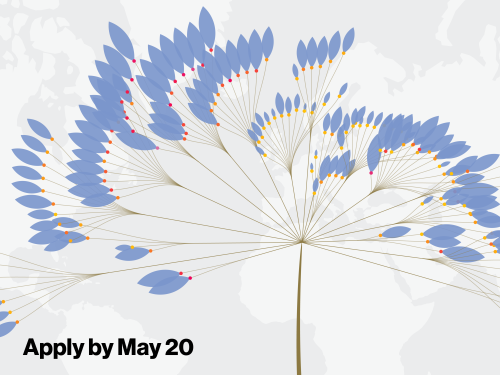Research Topics
Social Complexity & Collapse
Societies always grapple with multiple crises. To address the challenges behind these, we glean insights from history. Combining quantitative analysis with massive amounts of historical data, we study the evolution of complex human societies to understand the reasons why they rise and fall.
Over the past 10,000 years, human societies have evolved from small-scale, relatively egalitarian groups to complex, large-scale societies characterized by great differences in wealth and power and elaborate governance structures. There are many theories attempting to explain this major transition. Which of them are correct? And which are wrong?
Social complexity has not increased in a steady, gradual fashion. All complex societies periodically experience turbulence and dysfunction, often resulting in a breakdown of institutions and population declines. Past thinkers and modern social scientists have put forward numerous theories to explain social breakdown, but these have not yet been systematically tested with data.
To empirically decide which theories are plausible, we approach history as science, a concept known as cliodynamics. We curate a massive empirical historical database — the Seshat: Global History Databank. Based on this data, we test individual theories about the evolution of social complexity and the causes of breakdown. Our aim is to merge the computational and statistical methods of complexity science and agent-based modeling with theories from cultural evolution and the social sciences, while fully leveraging data on past societies from history and archaeology.
Goals
- Quantitatively test theories about the evolution of complex societies with massive empirical data and novel statistical methods
- Identify cross-cultural drivers of social breakdown
- Identify responses to political and social turbulence that can help steer societies towards less destructive outcomes
















